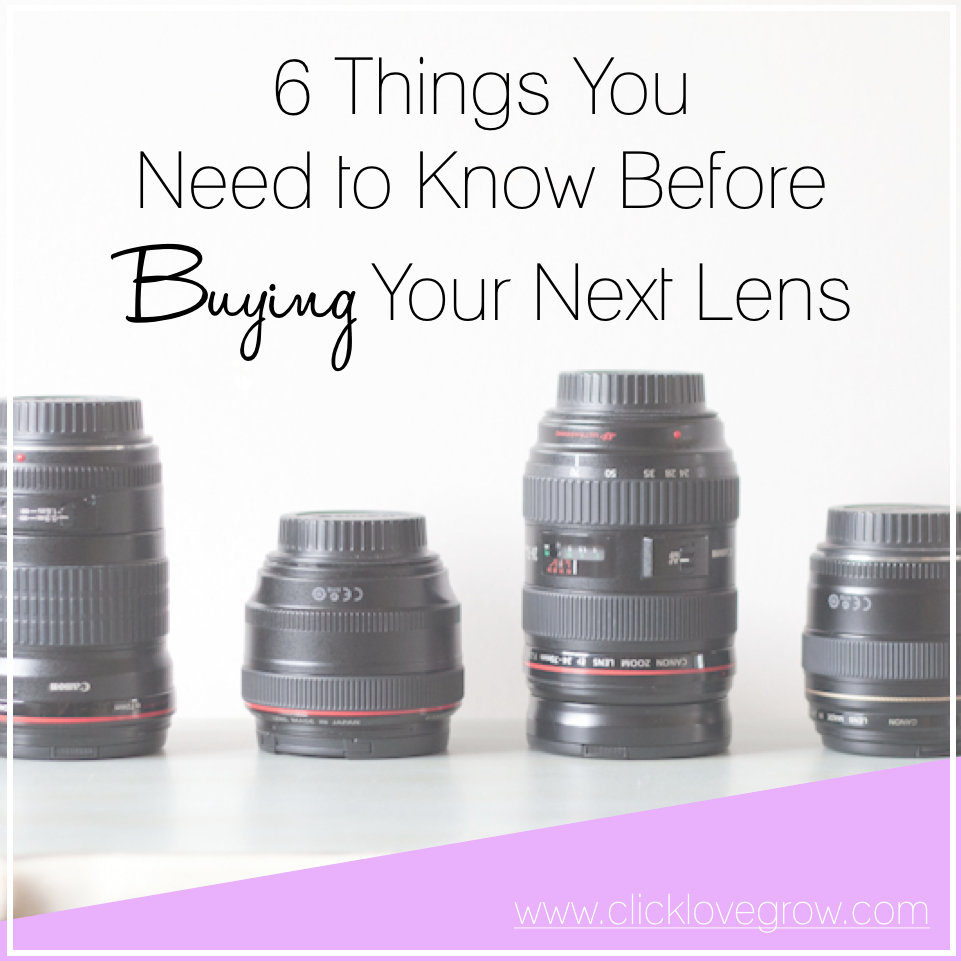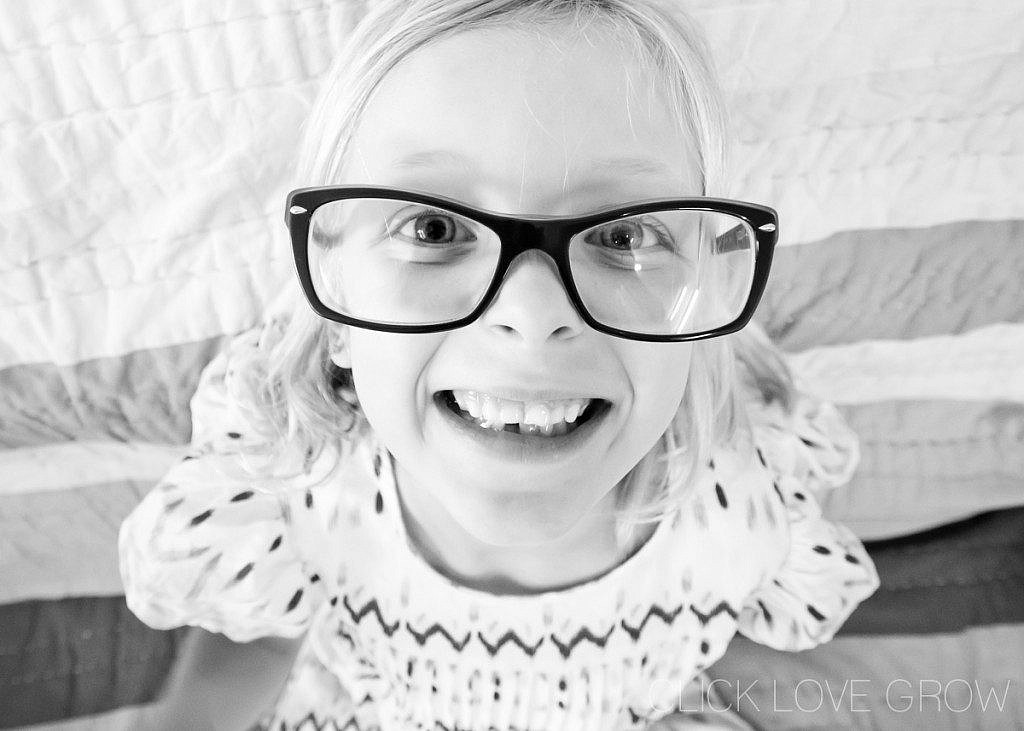Lens Buying Guide
Use these prompts to help you decide what your next lens choice should be! Pop in your details below to download the free guide! Xx
So you’re ready to upgrade your lens, and you know there’s a range of fabulous lenses that all do fantastic things… but how do you decide which one?
I have my own favourite lenses – the Canon 135mm f/2 is my all time favourite for outside portraits. This is followed closely by the 50mm f/1.2 for my client boudoir work, and then the 24-70mm f/2.8 for travel.
However you can’t give people a standard answer to “what lens should I buy?” because all lenses do different things, and as such are suited to different scenarios. Also, lenses can range in price from little more than $100 to figures in the thousands! So budget will be a big factor in your ultimate decision.
We’ve come up with 6 things you need to consider, that we believe will lead you to make a confident choice (and the right choice for you!) when buying a new lens. Read on!
Related: Lou’s Favourite Lens

This is THE single most important question you can ask yourself when thinking about upgrading from the kit lenses that came with your DSLR.
Specific focal lengths suit different genres of photography and it’s important that you familiarise yourself with this topic first.
Once you have your goals clearly in mind, you’ll be more likely to get a lens that will suit your needs!
Related: What Lens Should I Use?
CLICK HERE to download our lens buying guide to help you decide what's your next best purchase!
It’s helpful to have an understanding that when it comes to lenses, the more you pay, the better quality you’ll get.
The more expensive lenses have better and higher quality optics (glass inside the lens) and because of this they take better quality images.
You’ll see that lenses with variable apertures (such as a kit lens) are at the cheapest end of the spectrum, with primes moving up in price, then fixed aperture zooms usually the most expensive.
You can expect to pay from $400 to well over $2000 for a good quality prime lens; and minimum $1000 and well beyond for a fixed aperture zoom.
However this doesn’t mean cheaper lenses take bad photos… for example Canon and Nikon have a range of entry level lenses, mid range lenses, and luxury lenses. Most if not all of their mid range lenses are of superior quality, so if your budget doesn’t stretch to the top of the range luxury lenses, you won’t be sacrificing quality entirely.
Related: The Cheapest & Most Versatile Lens
This is a bit techy and probably a tad boring but please read on, it’s important to be aware of this fun fact (see, I made it fun!).
In short, the focal length of your lens is affected by whether you have a full frame or crop sensor camera.
Full frame digital cameras have a larger sensor size (they’re made to be the to traditional 35mm film cameras), whereas entry level DSLRs have a smaller sensor, and so they literally crop the outside of the frame away. This results in an image that appears 1.6x closer than if taken with a full frame camera.
What this means in practice (i.e. how it appears to you when you look through the viewfinder) is that the focal length on a crop sensor will perform to the equivalent of 1.6x (for Canon) and 1.5x (for Nikon) of the actual focal length written on the lens.
This is handy to be aware of, when looking up lenses and reading about which lenses suit different scenarios.. but predominantly for indoor areas when you’re limited for space. A 50mm might work well on a full frame, but be a little tight on a crop sensor.
The aperture indicates the f-stop settings that can be achieved, and lenses have either a fixed aperture or variable aperture.
The aperture of a lens is printed on the lens barrel, and is always stated as part of the lens name. Eg. Canon 24-70mm f2.8 (fixed aperture) or Canon 17-55mm f3.5-f5.6 (variable aperture).
A fixed aperture lens, say the 24-70mm f2.8, means at any point in the focal range (ie whether you zoom in or out), you can shoot at it’s widest aperture of f/2.8.
A variable aperture lens, such as the Canon 17-55mm f3.5-f5.6, means that the widest aperture you can use (which is the smallest f-stop setting you can open up to) will vary depending on the focal length you’re using. So zoomed out at 17mm you can shoot at f/3.5, but as you zoom in, it reduces so that by the time you get to 55mm the widest you can shoot at is f/5.6.
As a wide aperture is a desirable amongst many people when purchasing a new lens, be sure to consider the maximum aperture of a lens and whether or not it will suit your intended use of the lens.

Canon 135mm f/2 L

Sigma 12-24mm f/4 Art Super Wide
Lenses come in either fixed focal length (prime, eg. 50mm f1.8), or zooms which covers the range stated on the lens, eg. 24-70mm f2.8.
Primes limit you to the effect of that one focal length, however they are generally sharper, creamier, and offer wider apertures than zooms (eg. f/1.4).
Whereas the varied range offered in a zoom makes it more versatile, because you can use it for many more genres of photography. For example the Canon 24-70mm f2.8 would suit landscapes, travel and fun photography effects with kids at the wide end, and more traditional portraits at the longest end (70mm).
Generally speaking, prime lenses have always been sharper than zooms because the optics are made for only that specific focal length. However, at the pro end of the scale (aka expensive), there are some excellent zoom lenses on the market and these days the optics of zoom lenses are improving to the point that the gap is closing.
Primes are available with very wide maximum apertures up to f/1.0, giving you better low light capabilities, and the option of much shallower depth of field. Conversely, the maximum aperture available on zooms is f2.8. To put that into a real life situation, f/1.4 brings in four times more light than f/2.8.
Good quality primes are generally less expensive than f/2.8 zooms. Consider primes such as the 50mm f/1.8, 85mm f/1.8, 35mm f/1.4
Prime lenses are much smaller and lighter than zooms. The downside is that if you have multiple lenses, you have to carry those around with you.
Using a prime, you don’t have the option of changing your focal length…you need to zoom with your feet, so to speak! Whereas a zoom offers versatility because you don’t need to keep swapping lenses for different situations, and less need to zoom with your feet.
My advice is at the cheaper end, primes are much better quality for the money than an equivalent priced zoom. However if you’re willing to spend more, then a zoom lens can hold it’s own! Personally, I love my primes, and the quality they produce.
In most instances, you’re not limited to your camera brand when choosing lenses. Consider looking outside Canon, Nikon, or whatever brand you’re shooting with. Sigma and Tamron are just two lens companies that offer top quality lenses that easily rival their better known counterparts.
Just make sure you:
1. Do your research first and compare equivalent lenses side by side; and
2. If you decide to go outside your brand, buy the correct mount for your camera (eg. sigma lens with canon mount for canon camera).
Download Your Lens Buying Guide
Don't know what lens you should buy next?
Use these question prompts to follow our guide to help you decide what your next lens choice should be! Pop in your details below to download the guide! Xx

CLICK LOVE GROW ™ Pty Ltd - COPYRIGHT 2024 ©
Enter your info below to join the challenge!
Want a friendly reminder when I go live?
Pop in your number and I’ll shoot you a text.
* We will send text reminders for our live calls during the challenge! Reply ‘STOP’ to end or ‘HELP’ for help.
We promise not to ever share your details with anyone or send you spam! Check our privacy policy and terms of service.
Lens Buying Guide
Use these prompts to help you decide what your next lens choice should be! Pop in your details below to download the free guide! Xx
You must have read my mind because I’m been thinking about what lens to buy this morning! Thanks for sharing.
Cheers,
Lynda.